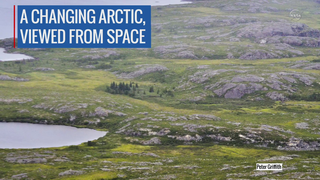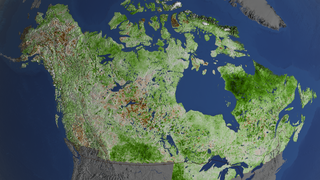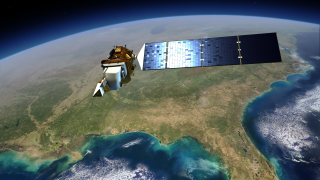Earth
ID: 12276

Temperatures are warming faster in the Arctic than anywhere else on Earth. This has led to longer growing seasons for plants at high latitudes and changes to the soils. To determine how vegetation across Alaska and Canada is responding to these conditions, scientists analyzed 29 years’ worth of measurements from USGS-NASA Landsat satellites. The satellites can identify the amount of healthy plants on the ground by detecting visible and near-infrared light reflected by the green, leafy vegetation of grasses, shrubs and trees. Scientists found that 30 percent of the landscape had an increase in vegetation between 1984 and 2012, while 3 percent showed a decline. The findings will help scientists investigate what other environmental factors might impact plant growth in the Arctic. Watch the video to learn more.
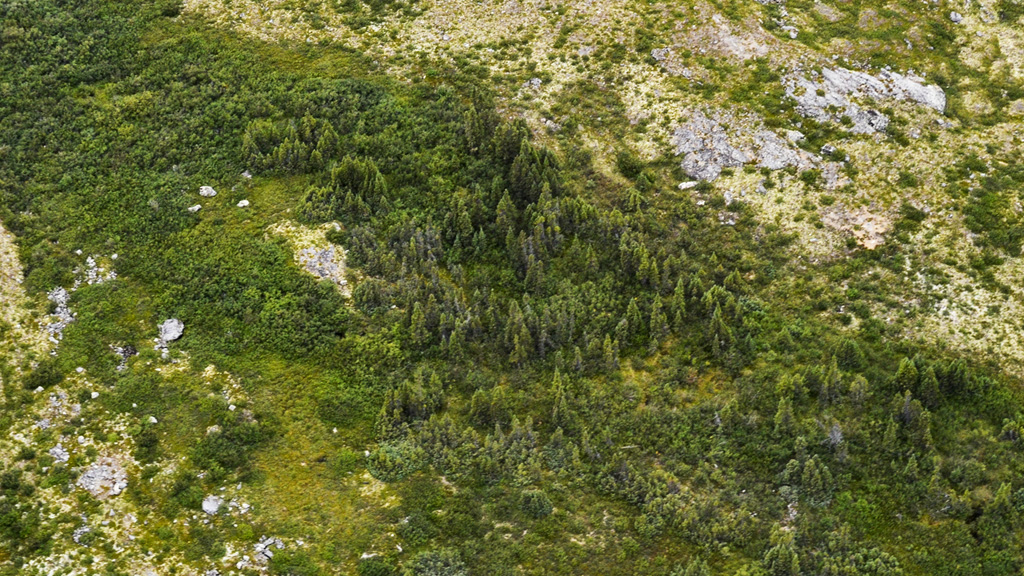

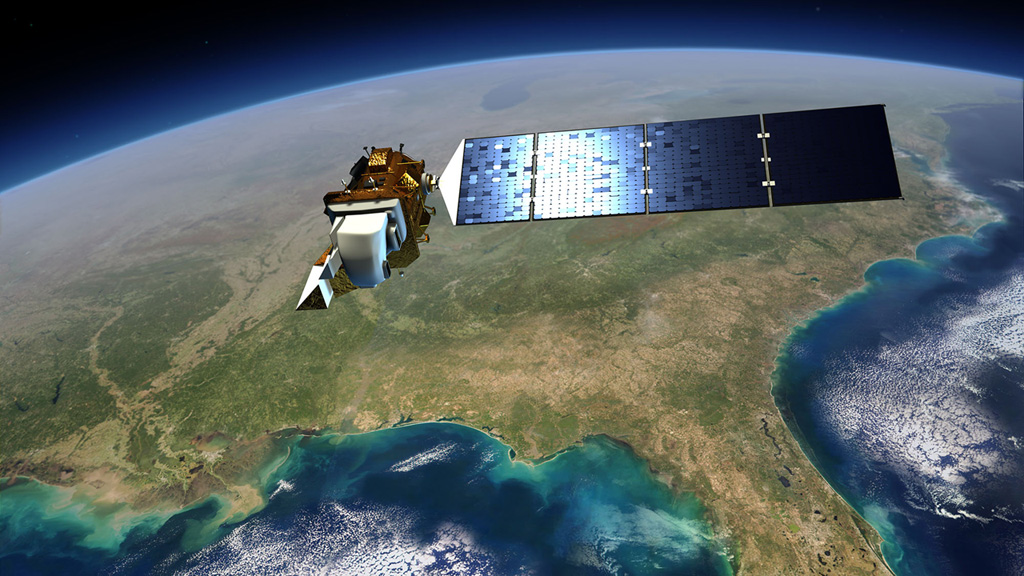
The Changing Arctic




Source Material
For More Information
Story Credits
Lead Visualizer/Animator:
Cindy Starr (Global Science and Technology, Inc.)
Lead Producer:
Matthew R. Radcliff (USRA)
Lead Scientist:
Junchang Ju (USRA)
Scientist:
Jeffrey Masek (NASA/GSFC)
Lead Writer:
Kate Ramsayer (Telophase)
Cindy Starr (Global Science and Technology, Inc.)
Lead Producer:
Matthew R. Radcliff (USRA)
Lead Scientist:
Junchang Ju (USRA)
Scientist:
Jeffrey Masek (NASA/GSFC)
Lead Writer:
Kate Ramsayer (Telophase)
Please give credit for this item to:
NASA's Goddard Space Flight Center
Landscape photos courtesy of NASA/P. Griffith
NASA's Goddard Space Flight Center
Landscape photos courtesy of NASA/P. Griffith
Short URL to share this page:
https://svs.gsfc.nasa.gov/12276
Keywords:
SVS >> App
NASA Science >> Earth
https://svs.gsfc.nasa.gov/12276
Keywords:
SVS >> App
NASA Science >> Earth
